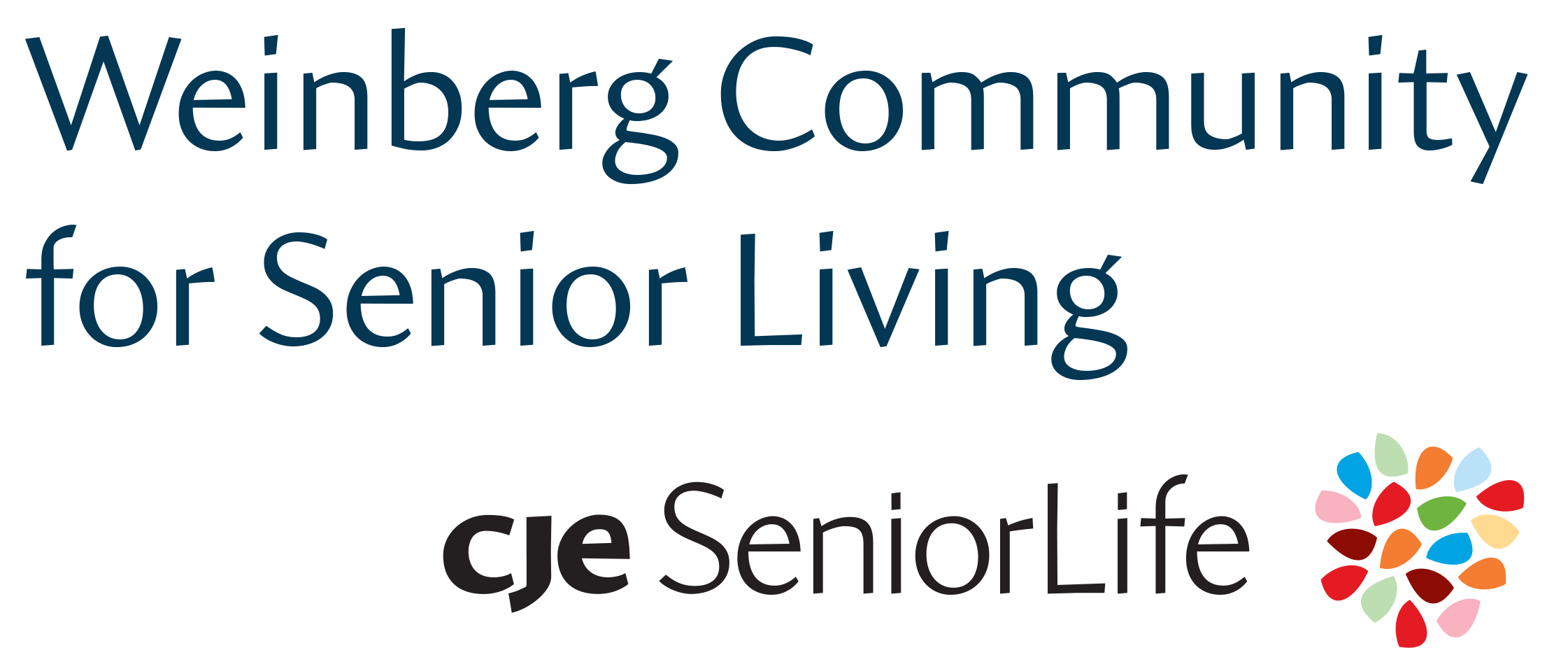High Blood Pressure (Hypertension): A Guide to Symptoms, Causes and Tests

A staggering three-quarters of Americans over age 60 have high blood pressure, otherwise known as hypertension, putting them at increased risk for stroke, heart attack and heart failure. Men tend to have higher blood pressure rates in their younger years, but women catch up around the time of menopause.
Hypertension increases with age: Only 22.4 percent of people ages 18–39 have the condition. But those numbers rise to 54.5 percent for people age 40–59 and 74.5 percent for people 60 and over. These alarming rates are even higher for people of color, especially for African Americans. Hypertension prevalence across all ages is higher among non-Hispanic Black adults (57.1 percent) than non-Hispanic white (43.6 percent) or Hispanic (43.7 percent) adults.
What causes high blood pressure?
“The main cause of high blood pressure is aging blood vessels,” said Jordana Cohen, MD, MSCE, Associate Professor of Medicine, Renal-Electrolyte and Hypertension at the Hospital of the University of Pennsylvania. She is also chair of the Hypertension Science Committee for the American Heart Association.
Blood vessels tend to stiffen with age and becomes less flexible, which can drive up the pressure inside them. However, studies have found that there are populations of older people who don’t have high blood pressure, for example the remote South American Yanomami tribe, whose members live in near-total isolation in the rainforests in southern Venezuela and northern Brazil. They eat very little salt and fat and have a diet high in plantains, fruit and meat, and their blood pressures stay the same as when they were younger.
Research suggests that this could be related to their lower consumption of salt, and the fact that they eat a lot of potassium, Cohen said. They also have less exposure to modern-day risk factors such as pollution, stress and other diseases that are prevalent in our society, such as diabetes, heart disease and kidney disease, which all contribute to high blood pressure, Cohen added.
Understanding a blood pressure reading
Blood pressure is measured in stages, with a normal range being less than 120/80. The top number — the systolic — measures the pressure in your arteries when your heart beats. The bottom number — the diastolic - measures the pressure in your arteries when the blood is flowing back to the heart through the veins. Your blood pressure numbers are measured in millimeters of mercury (mm Hg). Stages at or above 120/80 include: elevated, stage 1 hypertension, stage 2 hypertension and hypertensive crisis.
To learn more about high blood pressure, from AARP, CLICK HERE.
